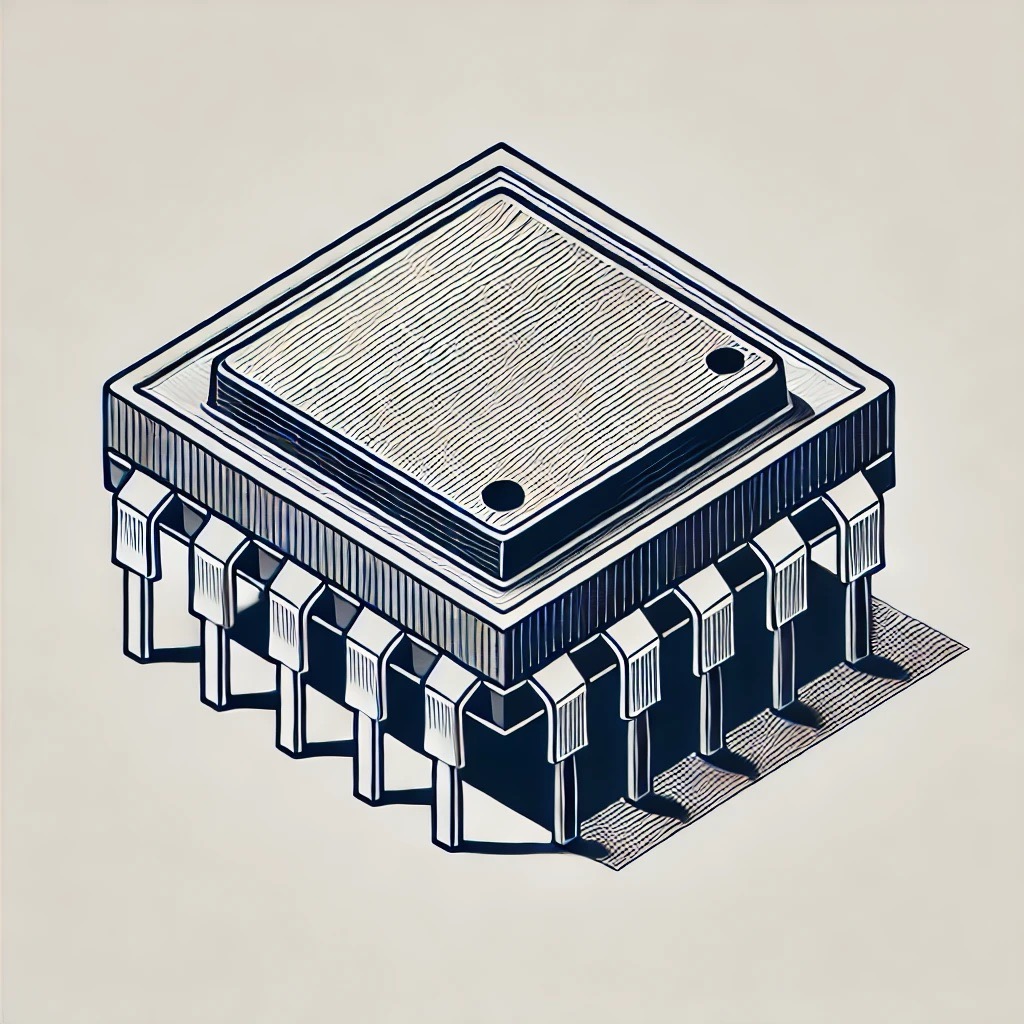Introduction to NXP Kinetis Series
The NXP Kinetis series consists of microcontrollers based on ARM Cortex-M cores, ranging from the low-power Cortex-M0+ to the high-performance Cortex-M4 and Cortex-M7 cores. These MCUs are designed for a wide range of applications, from simple sensor control to complex IoT and industrial automation systems.
Core Features of NXP Kinetis Series
The NXP Kinetis series provides scalable microcontroller solutions with a variety of advanced features:
- Core Options: ARM Cortex-M0+, Cortex-M4, and Cortex-M7 for a range of processing power and performance levels.
- Memory: Flash memory ranging from 8 KB to 2 MB and RAM up to 256 KB for demanding applications.
- Low Power Consumption: Multiple low-power modes, with ultra-low-power capabilities for battery-dependent systems.
- Peripheral Support: Extensive communication interfaces such as UART, SPI, I2C, USB, CAN, and Ethernet.
- Analog and Digital I/O: High-resolution ADCs (up to 16-bit), DACs, and numerous GPIOs depending on the specific MCU model.
Applications
The NXP Kinetis series is ideal for a variety of embedded applications:
- IoT Devices: Widely used in smart, connected systems with wireless communication features.
- Consumer Electronics: Found in devices such as wearable technology, home automation products, and multimedia systems.
- Industrial Automation: Suitable for robotics, controllers, and monitoring systems in industrial environments.
- Medical Devices: Used in diagnostics equipment and portable health monitoring systems due to their precision and low power usage.
Development Tools
Developers have access to robust tools to simplify the development process:
- MCUXpresso IDE: A feature-rich integrated development environment for ARM Cortex-M microcontrollers.
- Kinetis SDK: A software development kit that includes drivers, middleware, and code examples.
- Kinetis Development Boards: Evaluation kits designed for various Kinetis MCU models.
Example: Basic Digital Output on Kinetis K64
This example demonstrates how to configure a GPIO pin on the Kinetis K64 MCU for toggling an LED.
Requirements
- Kinetis K64 microcontroller or compatible development board
- MCUXpresso IDE and Kinetis SDK installed
Steps
- Install MCUXpresso IDE and create a new project for the Kinetis K64 MCU.
- Configure the project to use the Kinetis SDK for library access.
- Use the following code in the main.c file to set up a GPIO pin and toggle an LED connected to pin PTC5:
#include "fsl_gpio.h"
#include "board.h"
#include "pin_mux.h"
#define LED_PIN 5 // Define LED on PORTC, Pin 5
void setup() {
gpio_pin_config_t led_config = {
kGPIO_DigitalOutput, 0,
};
GPIO_PinInit(GPIOC, LED_PIN, &led_config);
}
int main() {
setup();
while (1) {
GPIO_TogglePinsOutput(GPIOC, 1U << LED_PIN); // Toggle LED state
SDK_DelayAtLeastUs(500000, CLOCK_GetFreq(kCLOCK_CoreSysClk)); // Delay 500 ms
}
return 0;
}
Explanation
The code configures PTC5 as a digital output pin, toggling its state every 500 milliseconds to drive an LED. The GPIO_TogglePinsOutput function changes the output state, while SDK_DelayAtLeastUs introduces a delay using the system clock.
Comparison of Kinetis Series with Competitors
The Kinetis series stands out against competitors like STM32 and MSP430 due to its advanced peripheral integration and scalability:
- Performance: Cortex-M4 and M7 models offer higher processing speeds compared to some STM32 series.
- Low Power Modes: Comparable to MSP430, making it suitable for portable devices.
- Software Ecosystem: The MCUXpresso IDE provides a comprehensive development environment, often considered easier to use than some alternatives.
Power Optimization Techniques
To maximize efficiency in battery-operated systems, consider the following:
- Use low-power modes like VLPS (Very Low Power Stop) for extended sleep times.
- Disable unused peripherals to reduce power consumption.
- Optimize clock settings to lower operating frequency when high performance is not required.
Troubleshooting Common Issues
- Issue: MCU not responding after power-up.
- Solution: Verify clock configuration and reset the system.
- Issue: GPIO pin not toggling.
- Solution: Check pin initialization and ensure no conflicts in pinmux settings.
